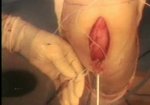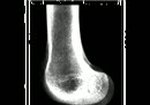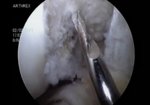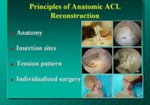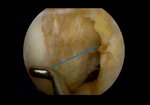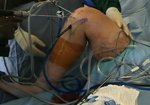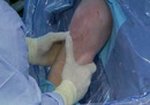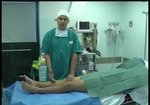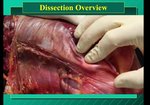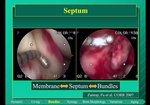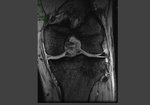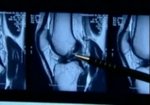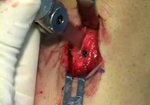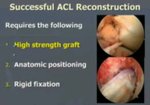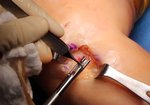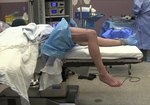Video Player is loading.
Current Time 0:00
/
Duration 0:00
Loaded: 0%
Stream Type LIVE
Remaining Time -0:00
1x
- 0.5x
- 0.75x
- 1x, selected
- 1.25x
- 1.5x
- 1.75x
- 2x
- Chapters
- descriptions off, selected
- captions settings, opens captions settings dialog
- captions off, selected
This is a modal window.
Beginning of dialog window. Escape will cancel and close the window.
End of dialog window.
10 seconds
Playback speed
This is a modal window. This modal can be closed by pressing the Escape key or activating the close button.
Remnant-Preserving Anterior Cruciate Ligament Reconstruction: Remnant Envelope Technique
107 views
November 1, 2024
The awareness of anterior cruciate ligament (ACL) injuries and their treatment is increasing among athletes ...
read more ↘ and within the general population, so patients report early to orthopaedic surgeons. Because we encounter a thick ACL stump during arthroscopic ACL reconstruction, an attempt is made to preserve this stump. Remnant preservation although promising in terms of graft healing because it enhances cell proliferation, revascularization, and regeneration of the proprioceptive organs in the reconstructed ACL does not come without complications, such as cyclops
lesions, impingement, and extension loss. These problems can be detrimental to an athlete’s return to his or her preinjury level after ACL reconstruction. Therefore, we describe a technique in which the ACL is reconstructed using hamstring autograft and suture passes are made through the remnant with an antegrade suture-passing device. After anatomic tunnel drilling, the remnant is tensioned, along with the reconstructed ACL, at the femoral end without the use of an extra
implant. Femoral-side fixation is achieved with an adjustable-loop button (Procinch; Stryker) and a bio-composite interference screw (Biosure Regenesorb; Smith & Nephew) on the tibial end. As the sutured remnant is tensioned and knots are made over the button, the remnant envelopes the graft in the orientation of the native ACL, which can be helpful for early and better ligamentization of the graft. The potential advantages of this technique are as follows: orientation of the remnant along the collagen of the ACL graft; no loose ACL stump in the notch, thus preventing cyclops lesions; retention of the proprioceptive organs in the ligament; and no extra implant.
↖ read less
read more ↘ and within the general population, so patients report early to orthopaedic surgeons. Because we encounter a thick ACL stump during arthroscopic ACL reconstruction, an attempt is made to preserve this stump. Remnant preservation although promising in terms of graft healing because it enhances cell proliferation, revascularization, and regeneration of the proprioceptive organs in the reconstructed ACL does not come without complications, such as cyclops
lesions, impingement, and extension loss. These problems can be detrimental to an athlete’s return to his or her preinjury level after ACL reconstruction. Therefore, we describe a technique in which the ACL is reconstructed using hamstring autograft and suture passes are made through the remnant with an antegrade suture-passing device. After anatomic tunnel drilling, the remnant is tensioned, along with the reconstructed ACL, at the femoral end without the use of an extra
implant. Femoral-side fixation is achieved with an adjustable-loop button (Procinch; Stryker) and a bio-composite interference screw (Biosure Regenesorb; Smith & Nephew) on the tibial end. As the sutured remnant is tensioned and knots are made over the button, the remnant envelopes the graft in the orientation of the native ACL, which can be helpful for early and better ligamentization of the graft. The potential advantages of this technique are as follows: orientation of the remnant along the collagen of the ACL graft; no loose ACL stump in the notch, thus preventing cyclops lesions; retention of the proprioceptive organs in the ligament; and no extra implant.
↖ read less
Comments 0
Login to view comments.
Click here to Login


